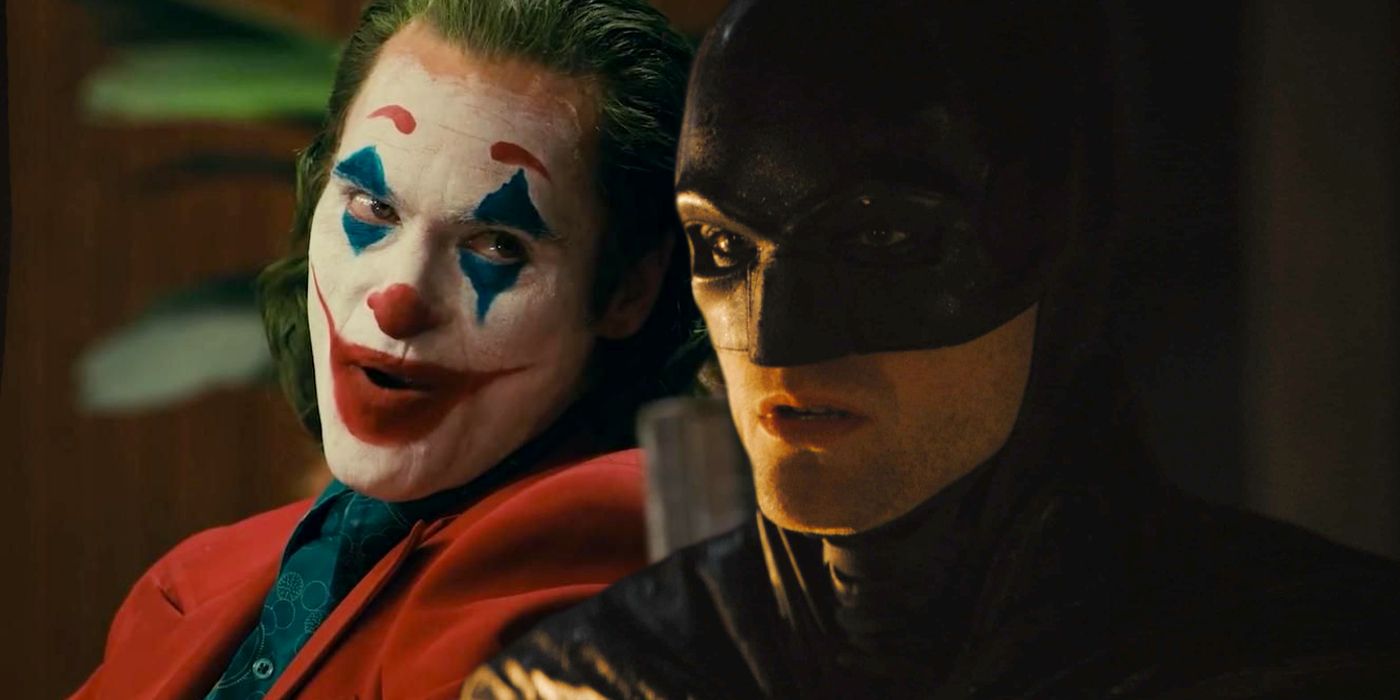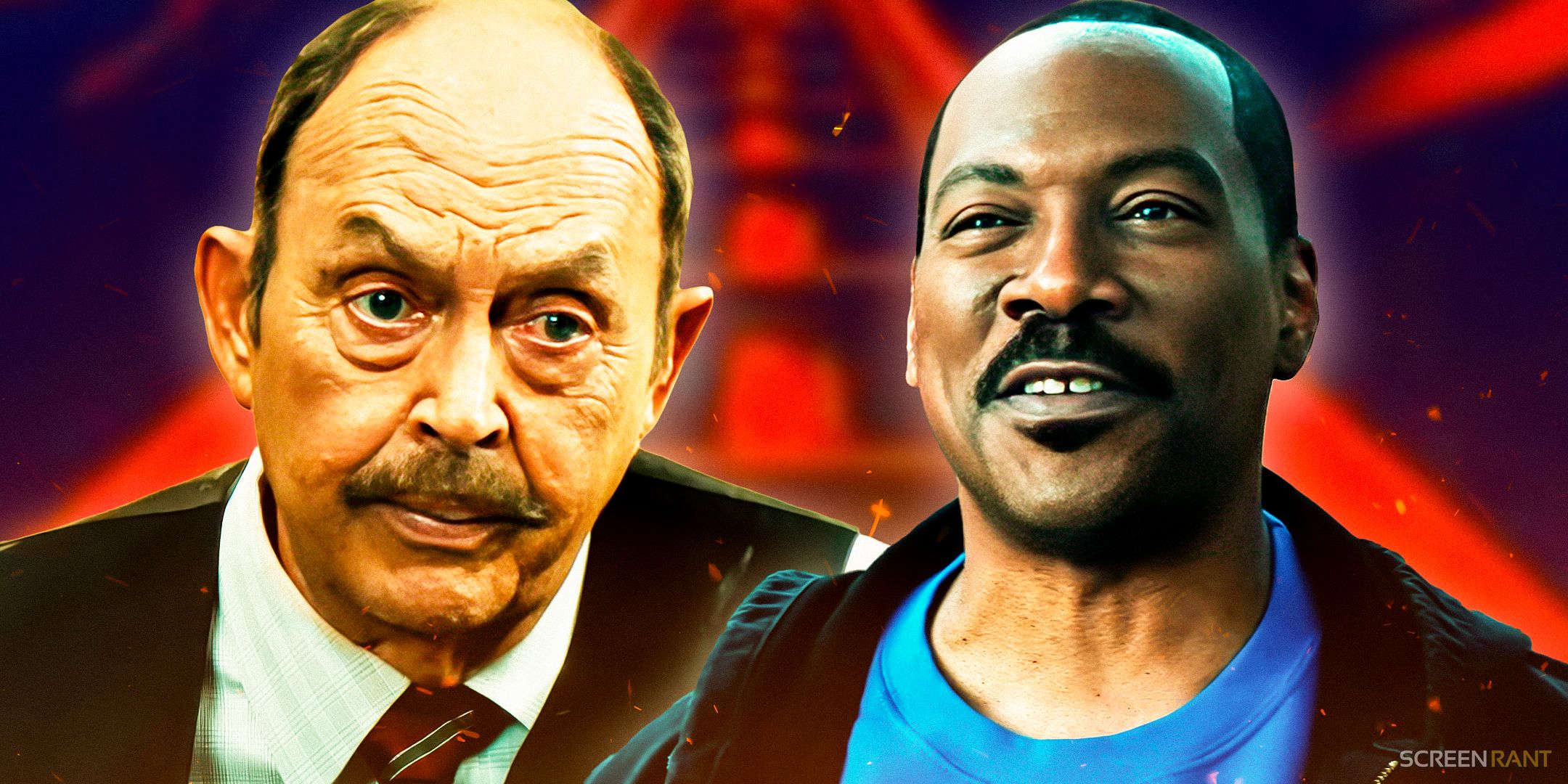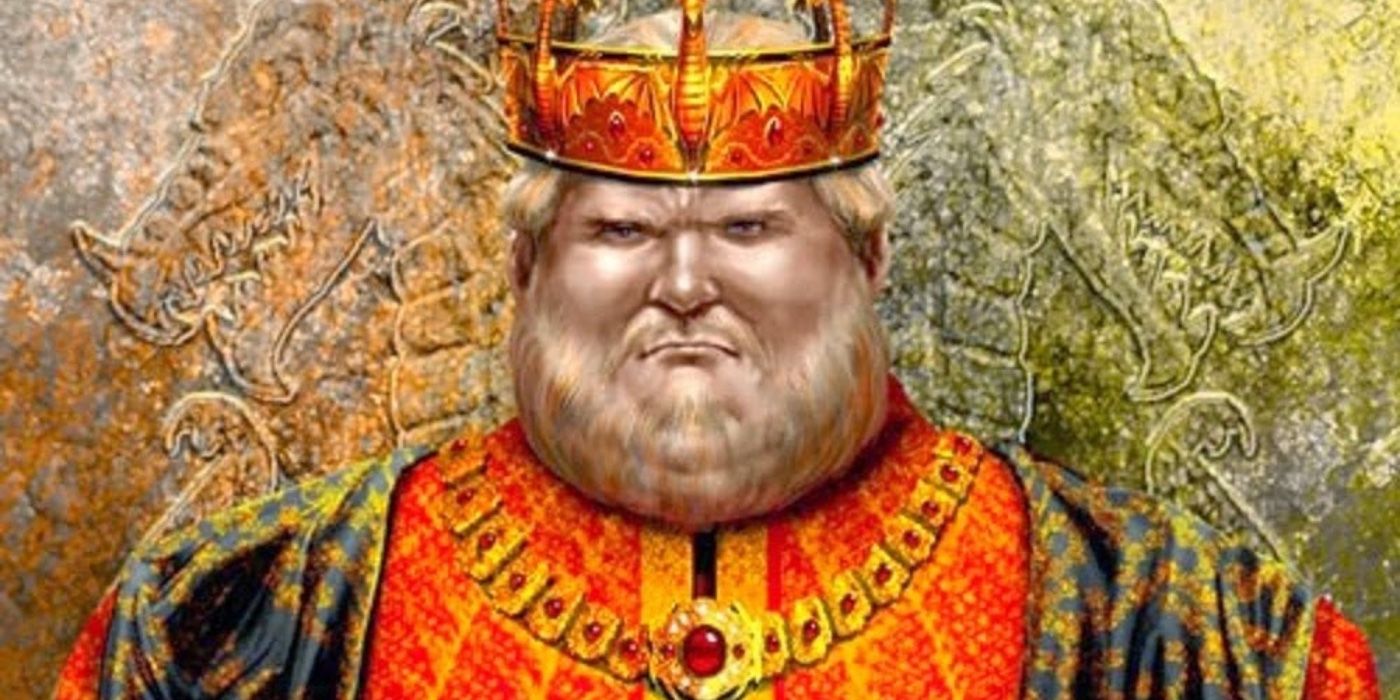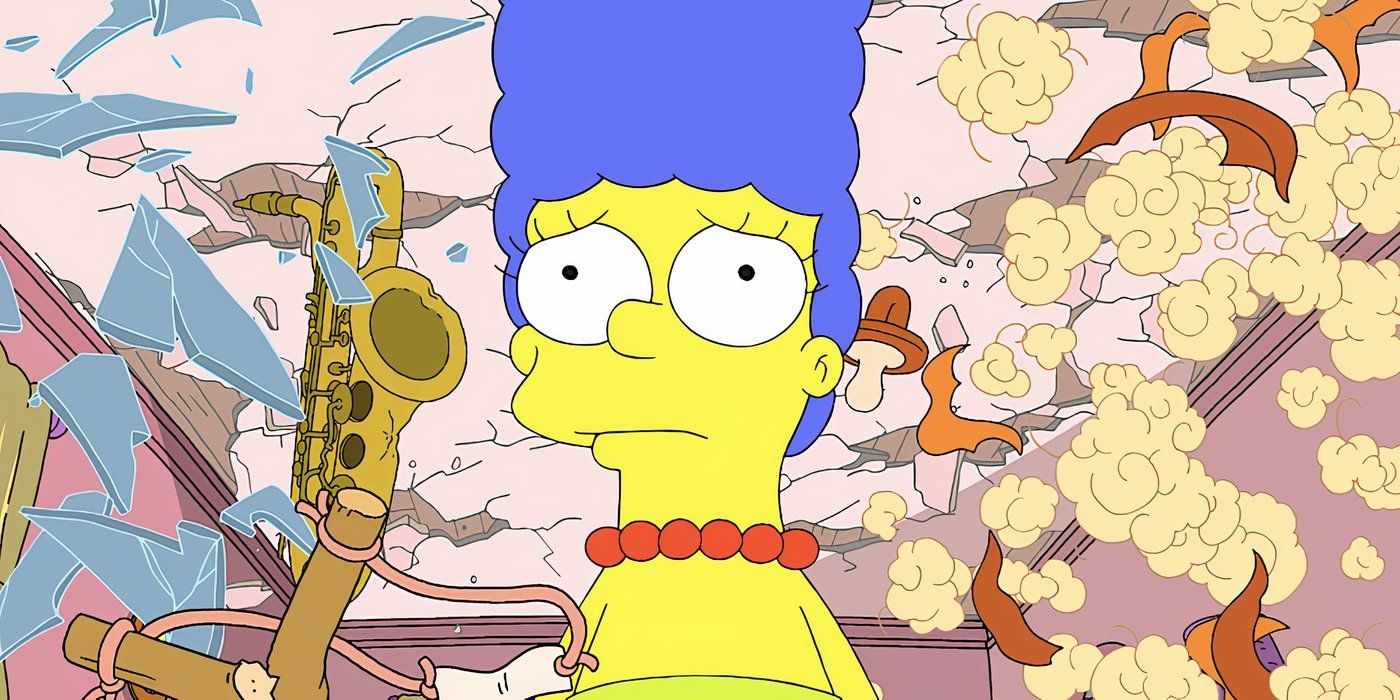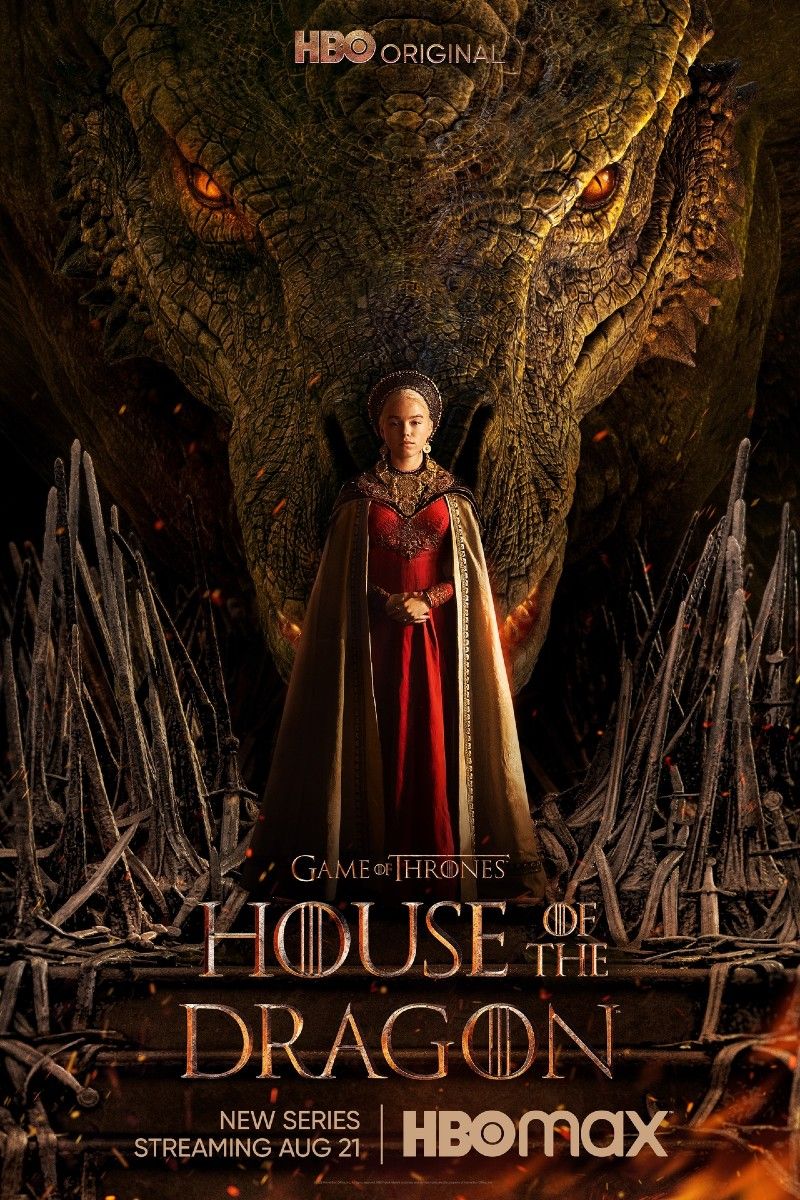The Star Wars timeline has been in a constant state of flux since George Lucas launched the franchise in 1977. There’s a sense in which change is baked into Star Wars, in large part because George Lucas successfully transformed his idea for a solo movie into a massive transmedia franchise. Comics and novels were even being published before The Empire Strikes Back hit theaters. Unsurprisingly, though, this has resulted in a significant amount of changes and retcons along the way.
Sometimes these changes only affect a single character. On other occasions, though, their impact is far greater, transforming the entire Star Wars timeline. On occasion, the changes have been driven by out-of-universe events, such as Disney’s acquisition of Lucasfilm in 2012, which led to a complete overhaul of the timeline. Here are some of the major changes over the decades.
6 How Old Is The Republic In Star Wars?
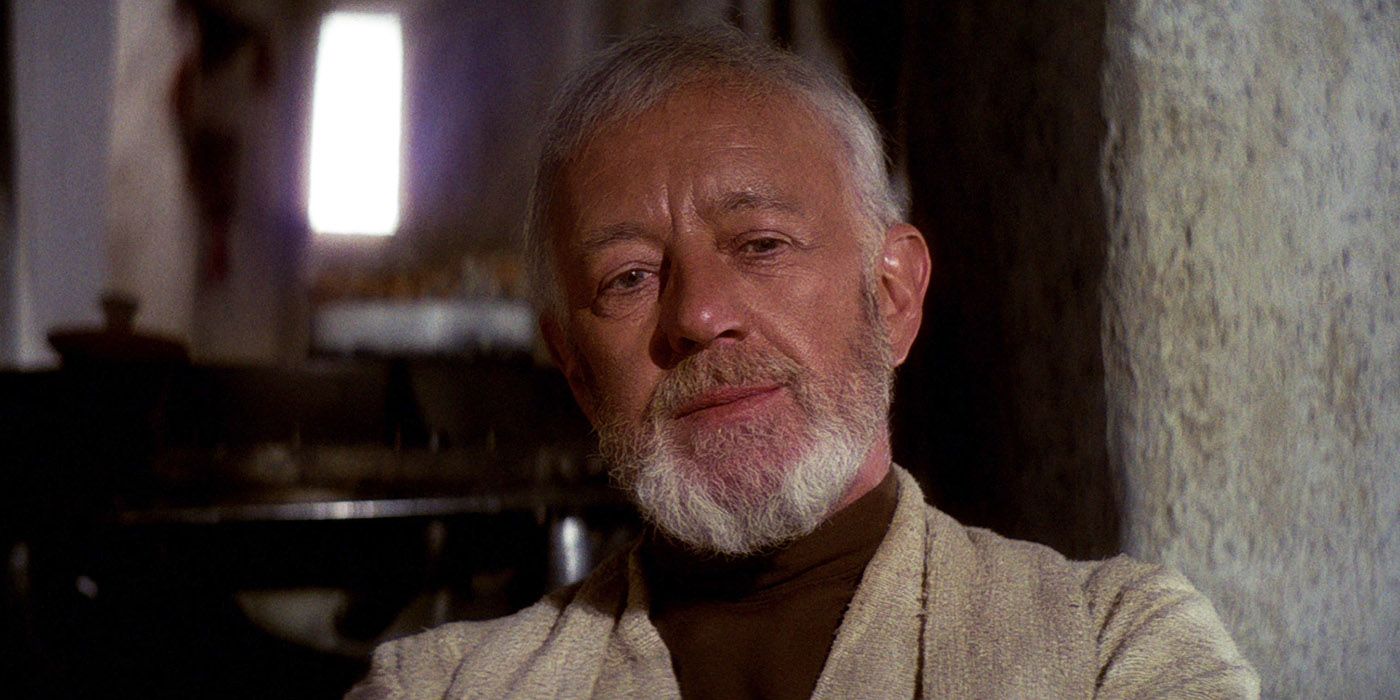
“For over a thousand generations the Jedi Knights were the guardians of peace and justice in the Old Republic,” Obi-Wan Kenobi famously told Luke Skywalker in the first Star Wars movie (later titled A New Hope). It seemed to present the history of the Republic as a vast, sprawling one – and then, surprisingly, it was apparently contradicted by George Lucas himself in Star Wars: Episode II – Attack of the Clones. In one key scene, Palpatine declared he would not allow the Republic to split in two, and referred to it having stood for a thousand years. Star Wars has explained this apparent contradiction, suggesting the final defeat of the Sith a thousand years before the prequel trilogy marked a moment of reformation for the Old Republic. It’s an uncomfortable solution, but it works.
Related: Star Wars Timeline Before The Phantom Menace Explained
5 George Lucas Changes The Clone Wars Forever
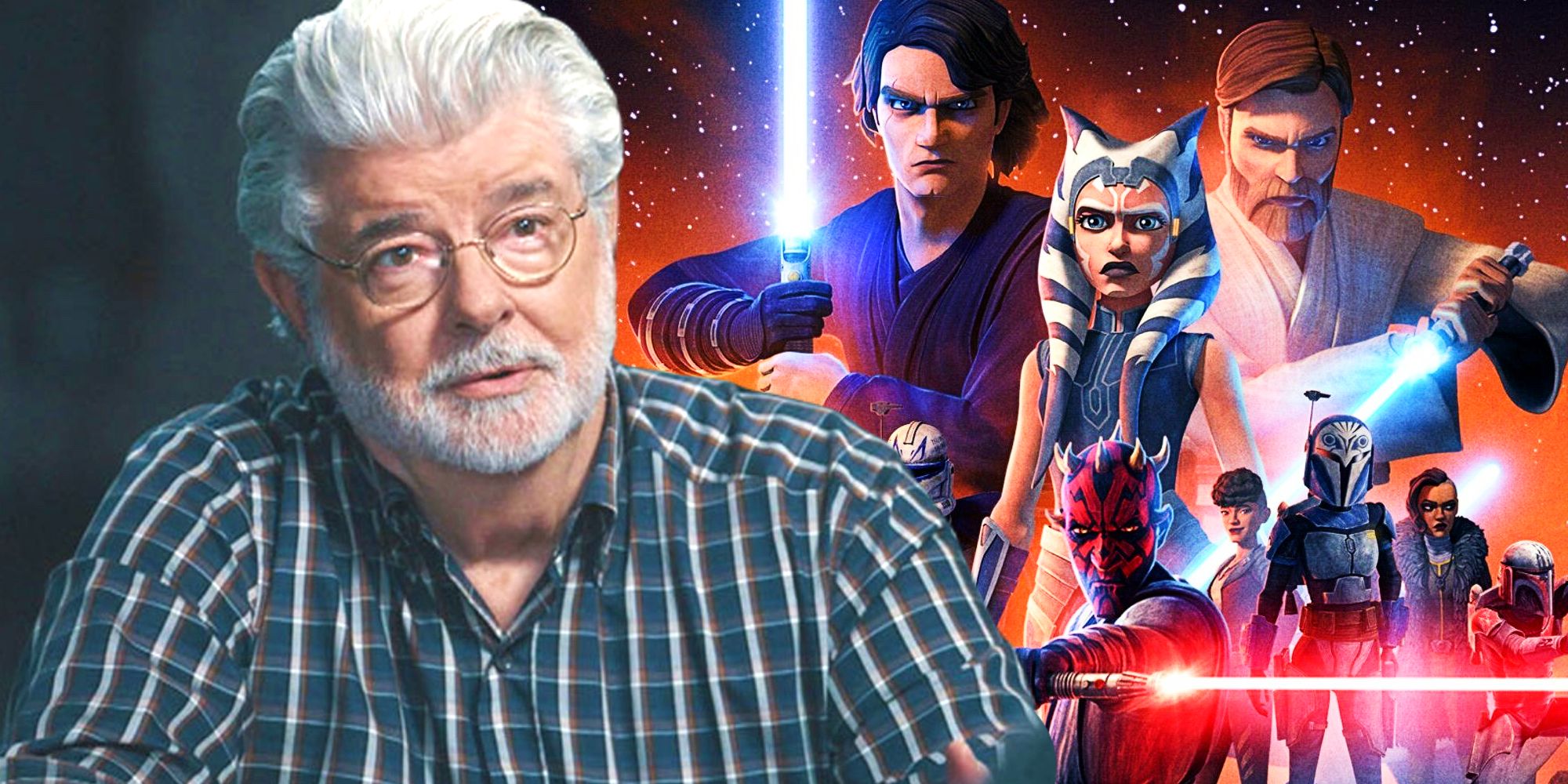
In 2005, Lucasfilm launched the Clone Wars Multimedia Project, an initiative that attempted to tell the story of the Clone Wars in real-time through books, comics, television, and even video games. This included Genndy Tartakovsky’s Clone Wars micro-series, as well as much-loved novels such as Matt Stover’s Shatterpoint and Sean Stewart’s Yoda: Dark Rendezvous. Only a few years later, though, George Lucas spearheaded a new initiative presenting his own vision of the Clone Wars. This new version featured Ahsoka Tano, Anakin Skywalker’s Jedi Padawan, and it wasn’t long before many of the previous stories were clearly erased from the Star Wars timeline outright. Some details have since been referenced, though, and even characters like Durge have made their way into canon. This has led many to view Tartakovsky’s Clone Wars as in-universe military propaganda.
Related: Star Wars Has Completely Changed The Clone Wars Since A New Hope – But Why?
4 Star Wars: The Clone Wars Transforms The Mandalorians
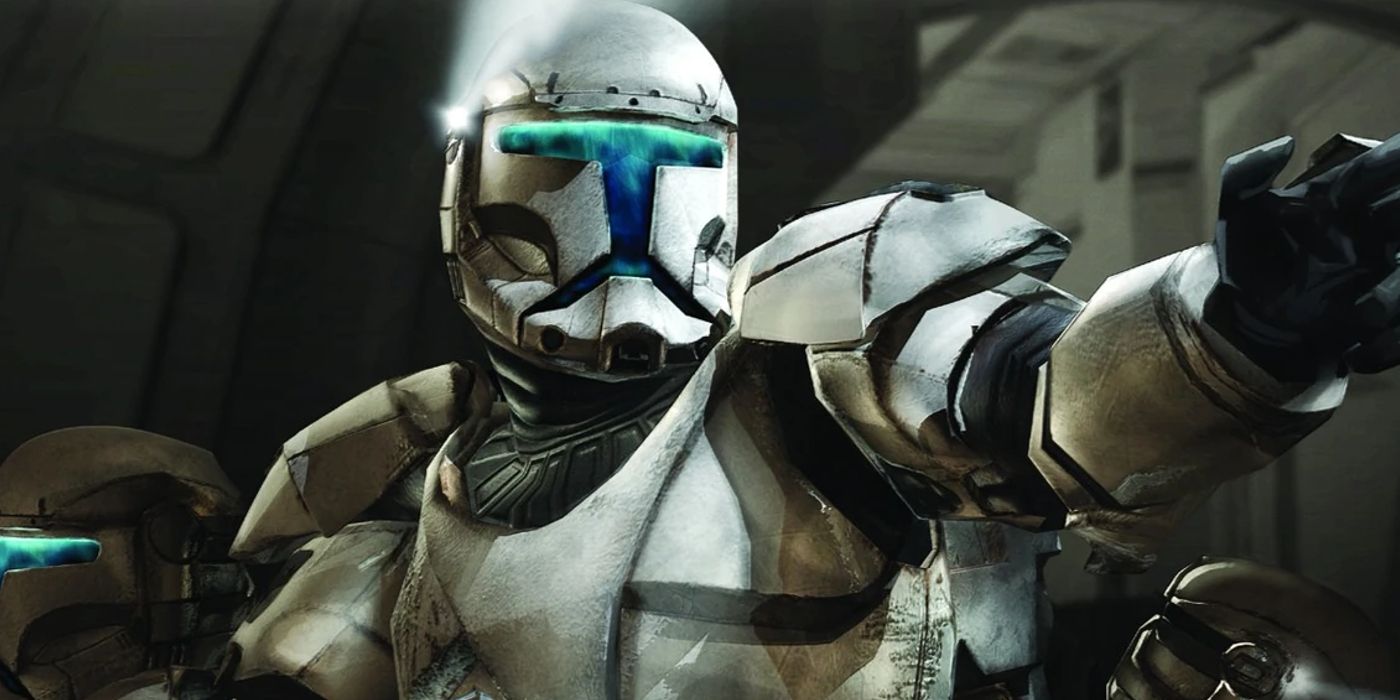
The Mandalorians were another casualty of Star Wars: The Clone Wars. British author Karen Traviss had made the Mandalorians a crucial part of the Expanded Universe, writing a popular series of novels set during the Clone Wars. The books were best-sellers, and Traviss was soon developing her version of the Mandalorians in stories set after Return of the Jedi. Lucas, however, had a very different idea of Mandalorians, and it didn’t take him long to develop it. Many readers felt as though Traviss’ books were invalidated, and Traviss herself cut ties due to a contract dispute.
3 Disney Brand The Expanded Universe “Legends”
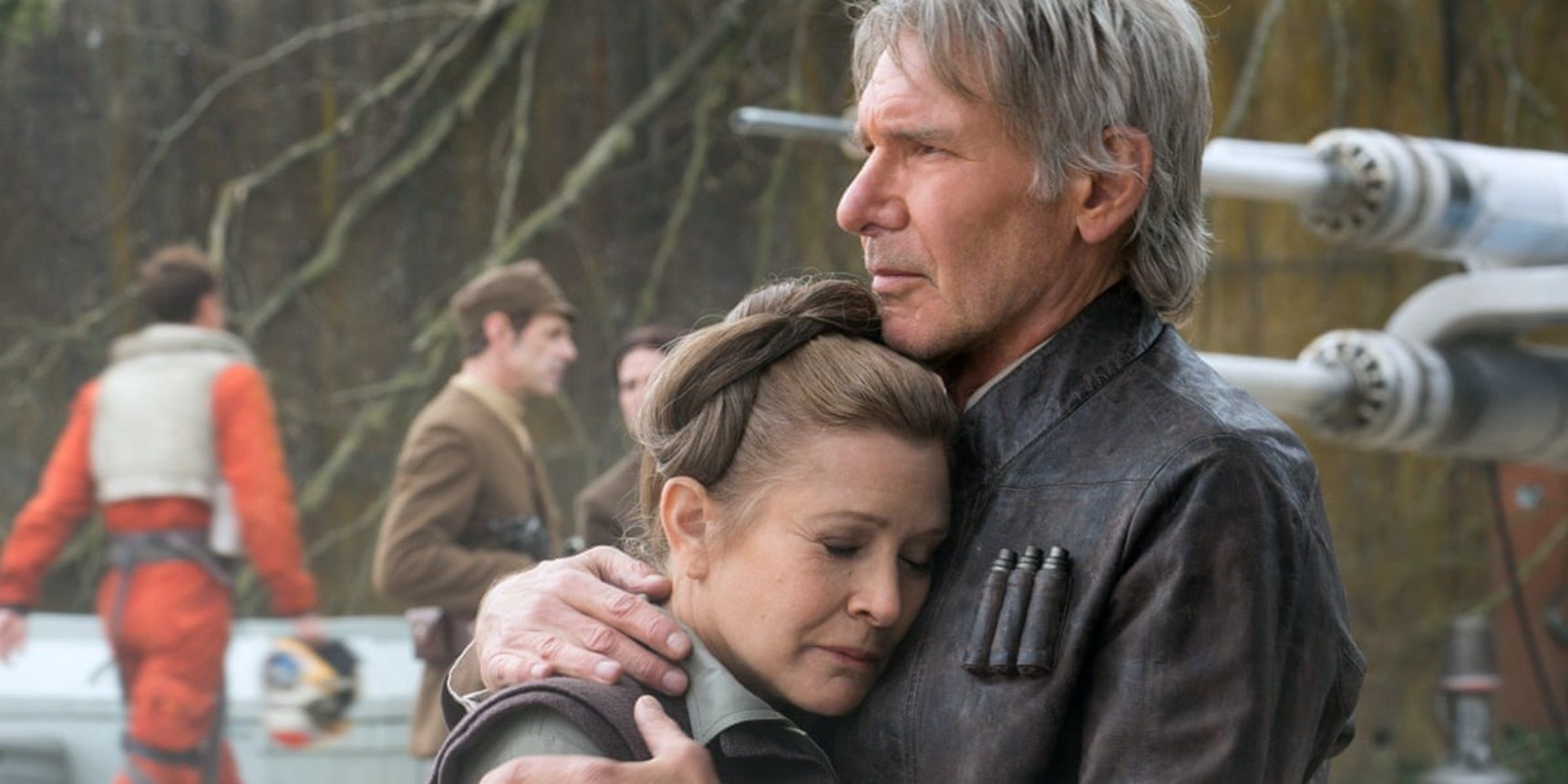
Disney purchased Lucasfilm in 2012, and made the difficult decision to brand the old Expanded Universe officially non-canon. This effectively erased great swathes of the Star Wars timeline – ranging from the dawn of the Jedi to the far future, given some comics had gone on to reveal the shape of the galaxy a full century after Return of the Jedi. It’s easy to understand why Disney made this controversial decision; continuity was becoming increasingly snarled, and future movies and TV shows would have been locked in by stories only hardcore fans had ever heard of.
Lucasfilm had previously operated under the principle of a tiered canon, with George Lucas’ stories at a higher level of canon and everything else adjusting around it. Lucasfilm announced a new approach in which everything was equally canon, opening the way to impressive transmedia stories like the books around Rogue One: A Star Wars Story. It didn’t take long for the contradictions to mount up, however.
2 Saw Gerrera’s Timeline Is In Constant Flux
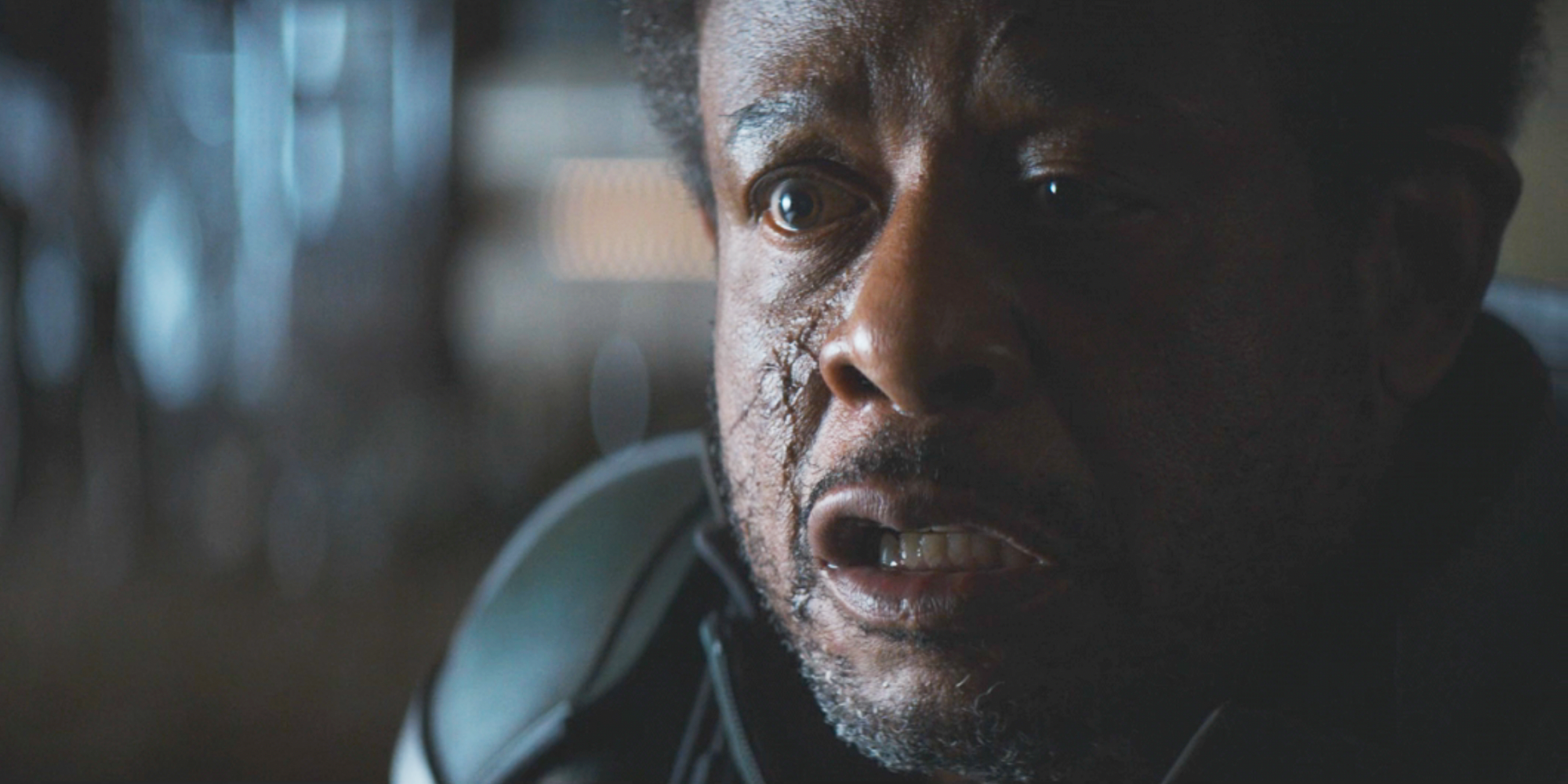
The most notable example to date is the story of Saw Gerrera, a character introduced in Star Wars: The Clone Wars but brought to life in live-action in Rogue One: A Star Wars Story by Forest Whitaker. The novels set around this movie explored Gerrera’s backstory – one in which he initially tried to live under the Empire and ultimately became a rebel. This backstory has since been streamlined in Star Wars: The Bad Batch, however, indicating Gerrera was a rebel from the beginning. Again, the change is entirely understandable; it allows Lucasfilm to tell a simpler narrative. But it’s something of a shame, given the backstory was so well told.
1 Star Wars’ Official Timeline Unveils The First Dark Side Sect
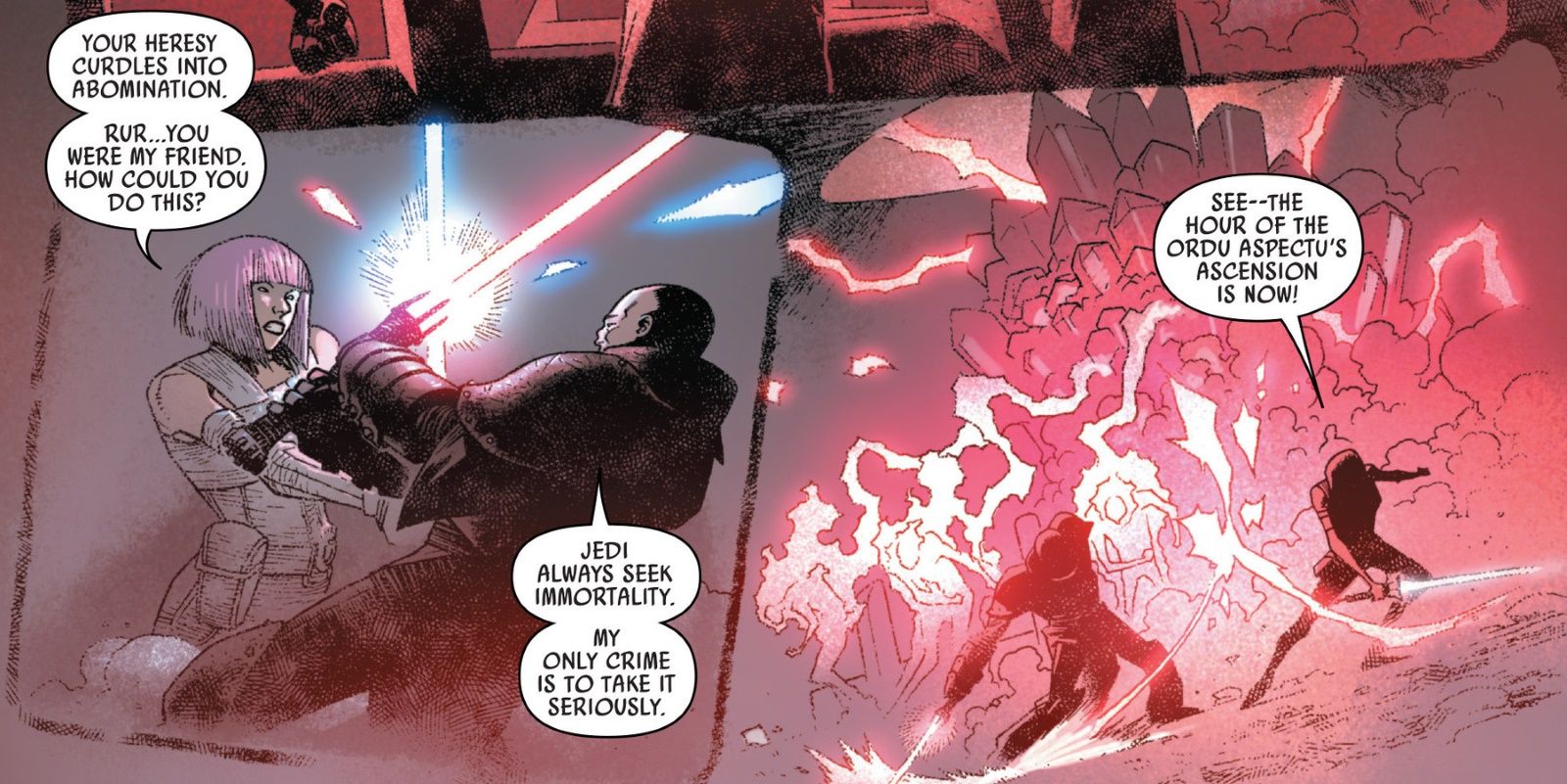
Lucasfilm recently released an official Star Wars: Timeline, outlining everything that’s been confirmed to date in current canon. It made a lot of subtle changes as well, with one of the most interesting being the reveal that the Sith were not the first dark side cult to schism from the Jedi. The Ordu Aspectu had previously been mentioned in Star Wars comics, with the archaeologist Doctor Aphra uncovering their ancient secrets. Star Wars: Timelines revealed they split from the Jedi some 20,000 years ago, predating the Sith by 15,000 years. It will be fascinating to see whether there’s a reason for this creative choice, particularly interesting given Star Wars intend to explore the story of the first Jedi in a blockbuster by James Mangold.

